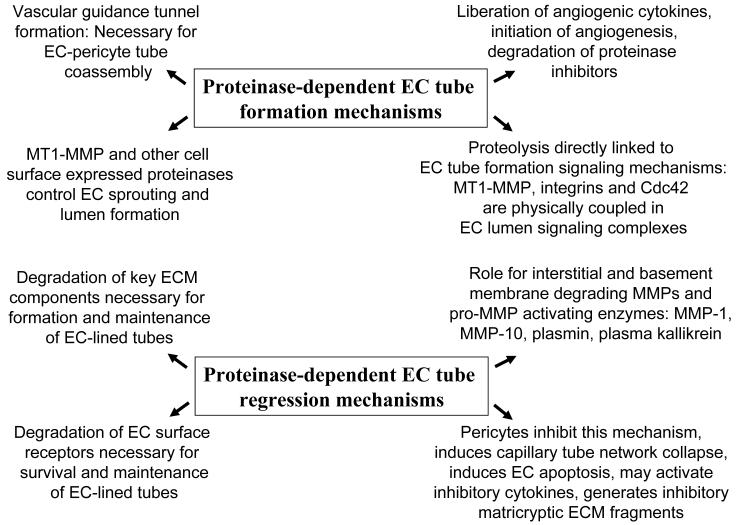Figure 1. Schematic diagrams describing mechanisms and influences of proteinases on the separate processes of vascular tube morphogenesis versus vascular tube regression in 3D extracellular matrix environments.
Key events in proteinase-dependent tube morphogenesis are; i) the formation of vascular guidance tunnels and the role of MT1-MMP during this process, ii) the intriguing coupling of EC cell surface proteolysis with downstream signaling molecules controlling tube formation and, iii) the ability of proteinases to liberate cytokines and other signaling molecules from the ECM to control angiogenesis. Key events in proteinase-dependent tube regression are; i) the ability of proteinases to degrade the ECM in which tubes are suspended and to generate pro-regressive matricryptic ECM fragments, ii) to degrade EC receptors that control survival as well as cell-cell contacts necessary to maintain tube networks, iii) the ability of particular proteinases to control vascular regression such as MMP-1 and MMP-10 that lead to capillary network collapse and EC apoptosis, and iv) the ability of pericytes to inhibit this proteinase-dependent process by delivery of proteinase inhibitors that are induced as a result of EC-pericyte interactions.

